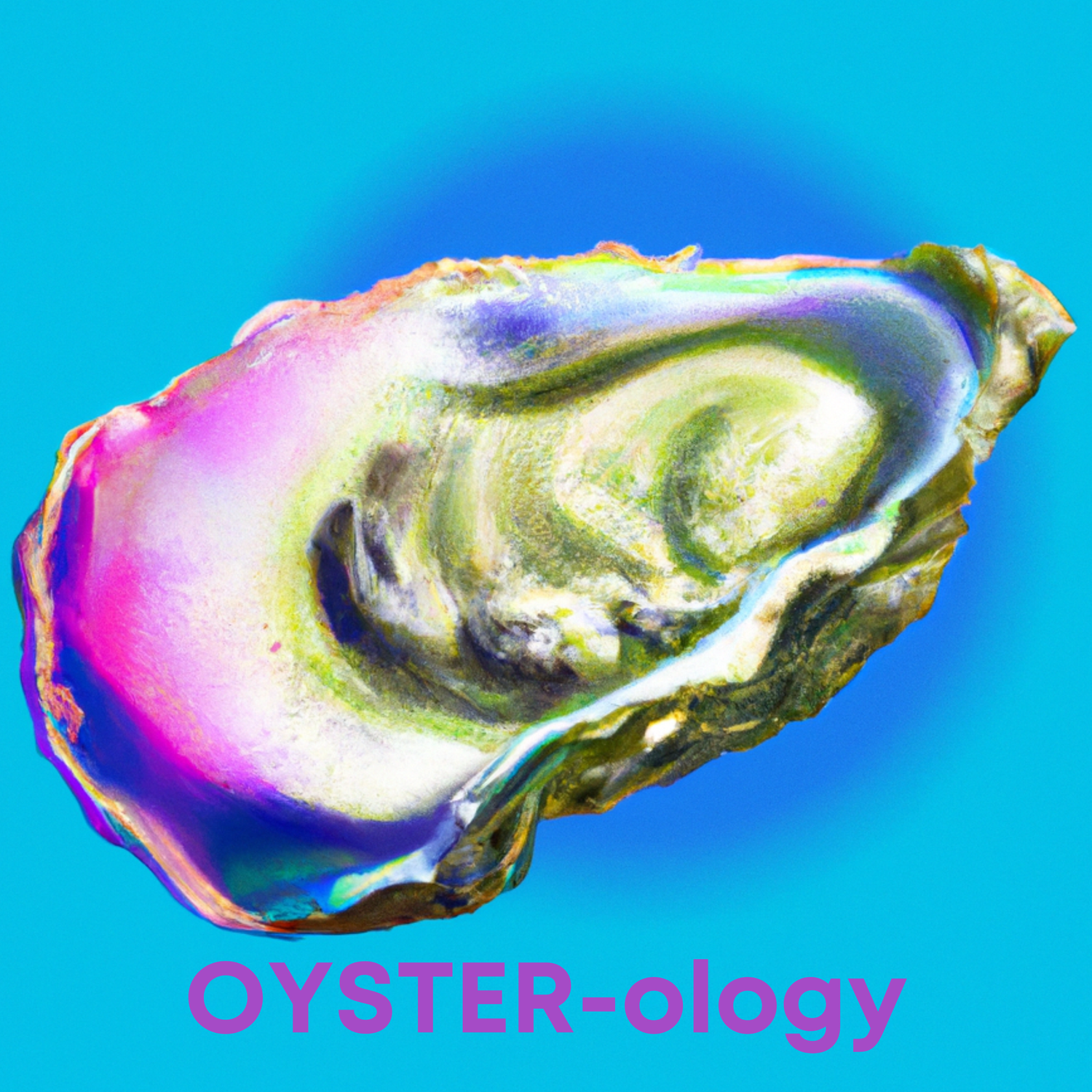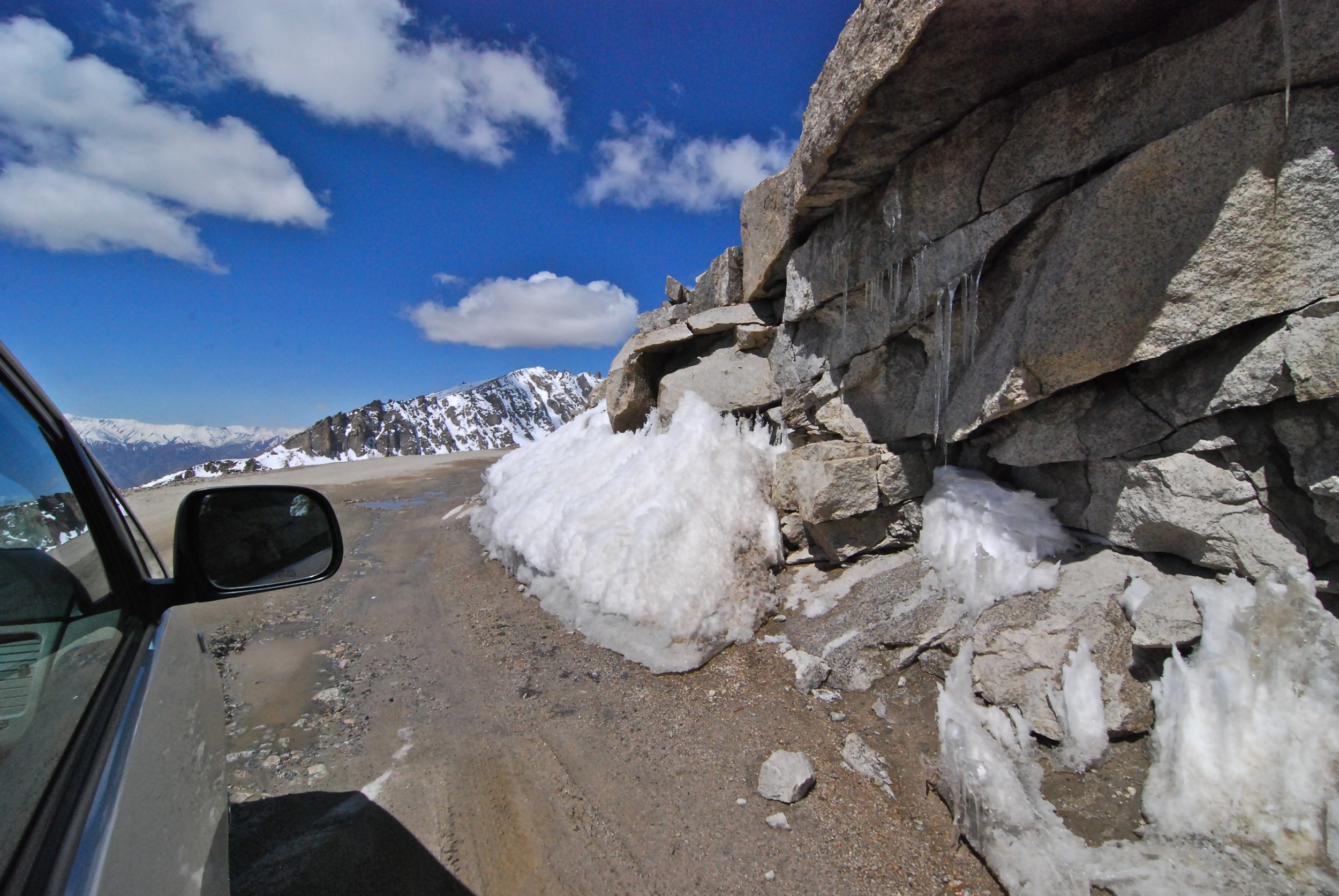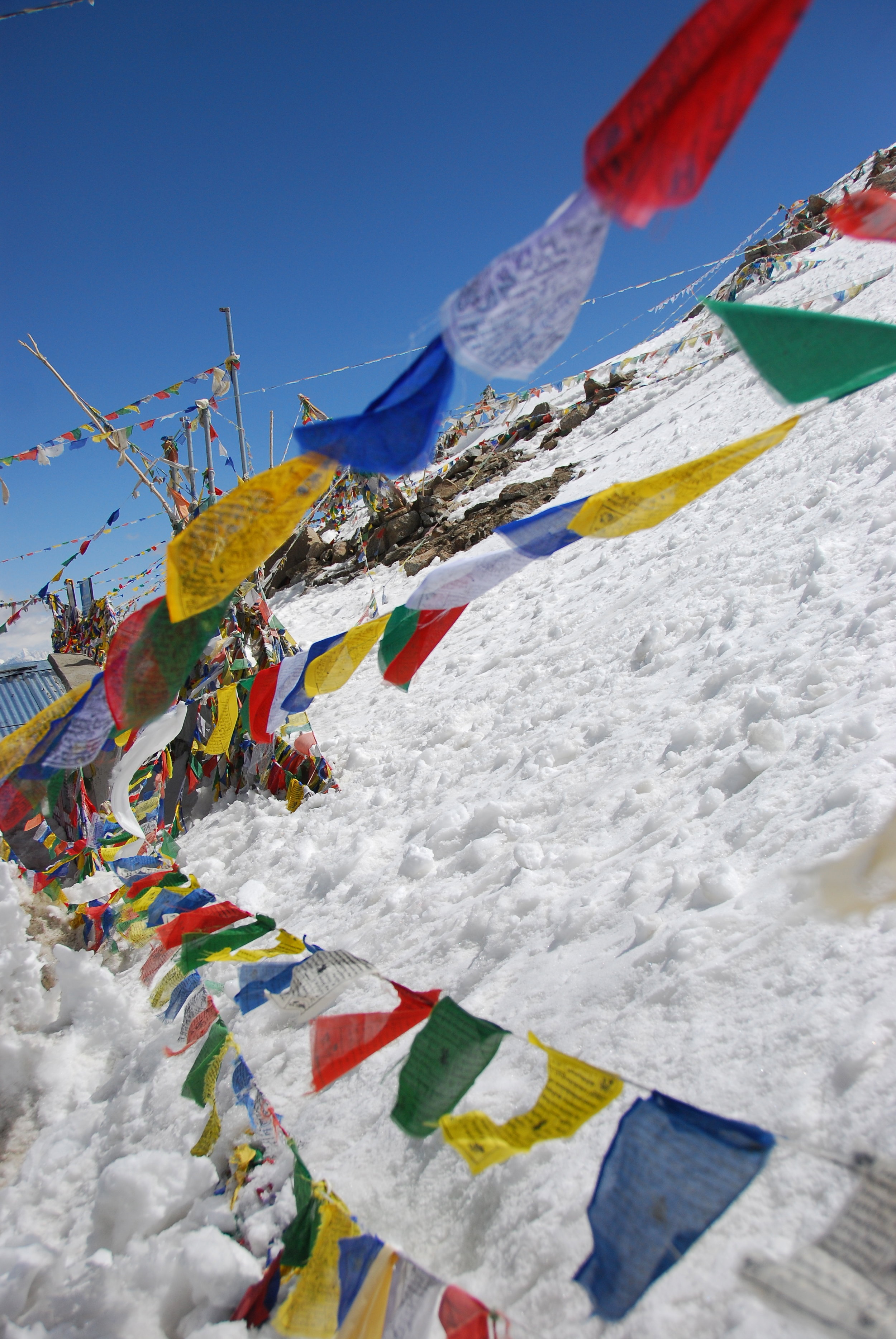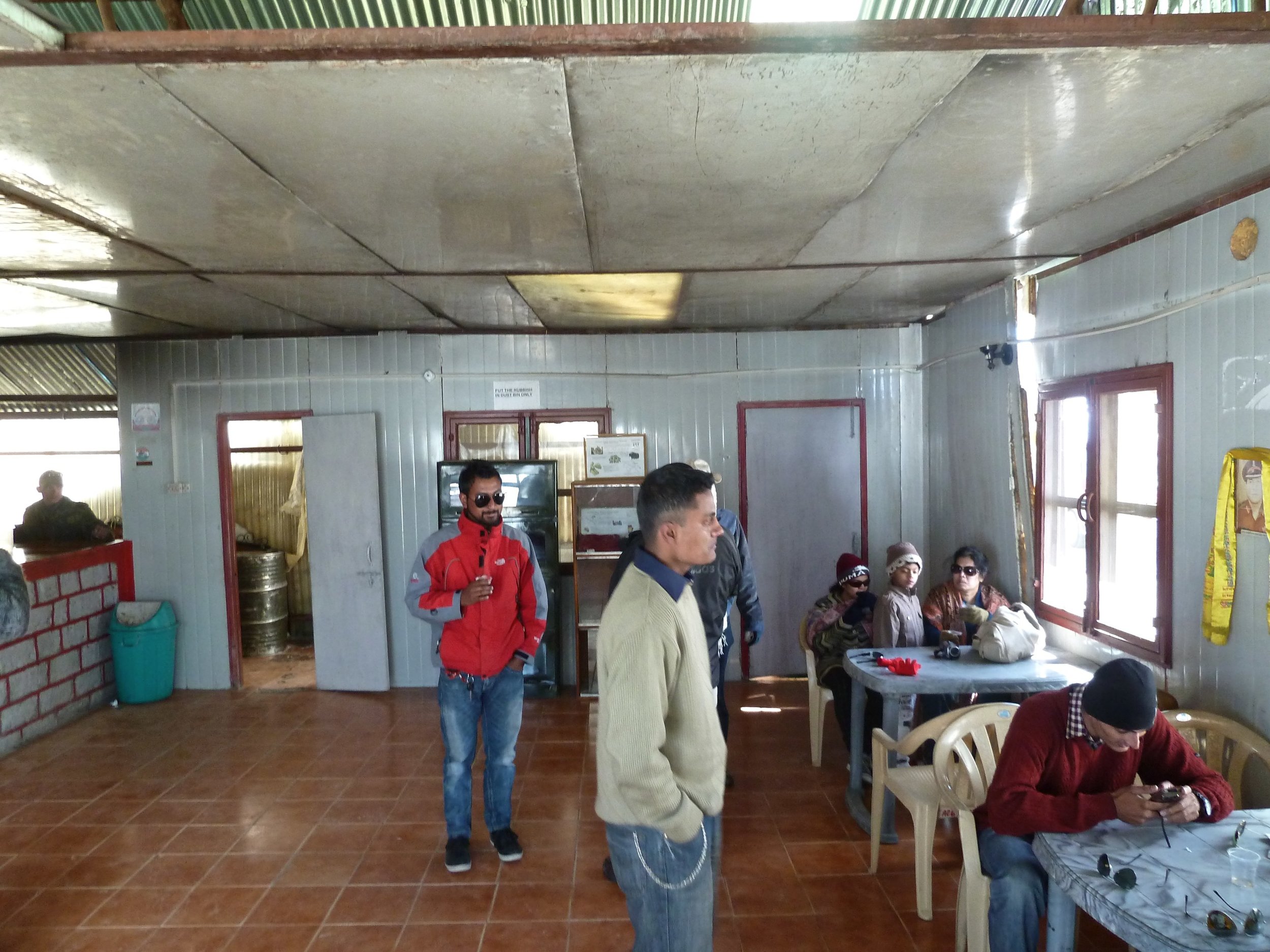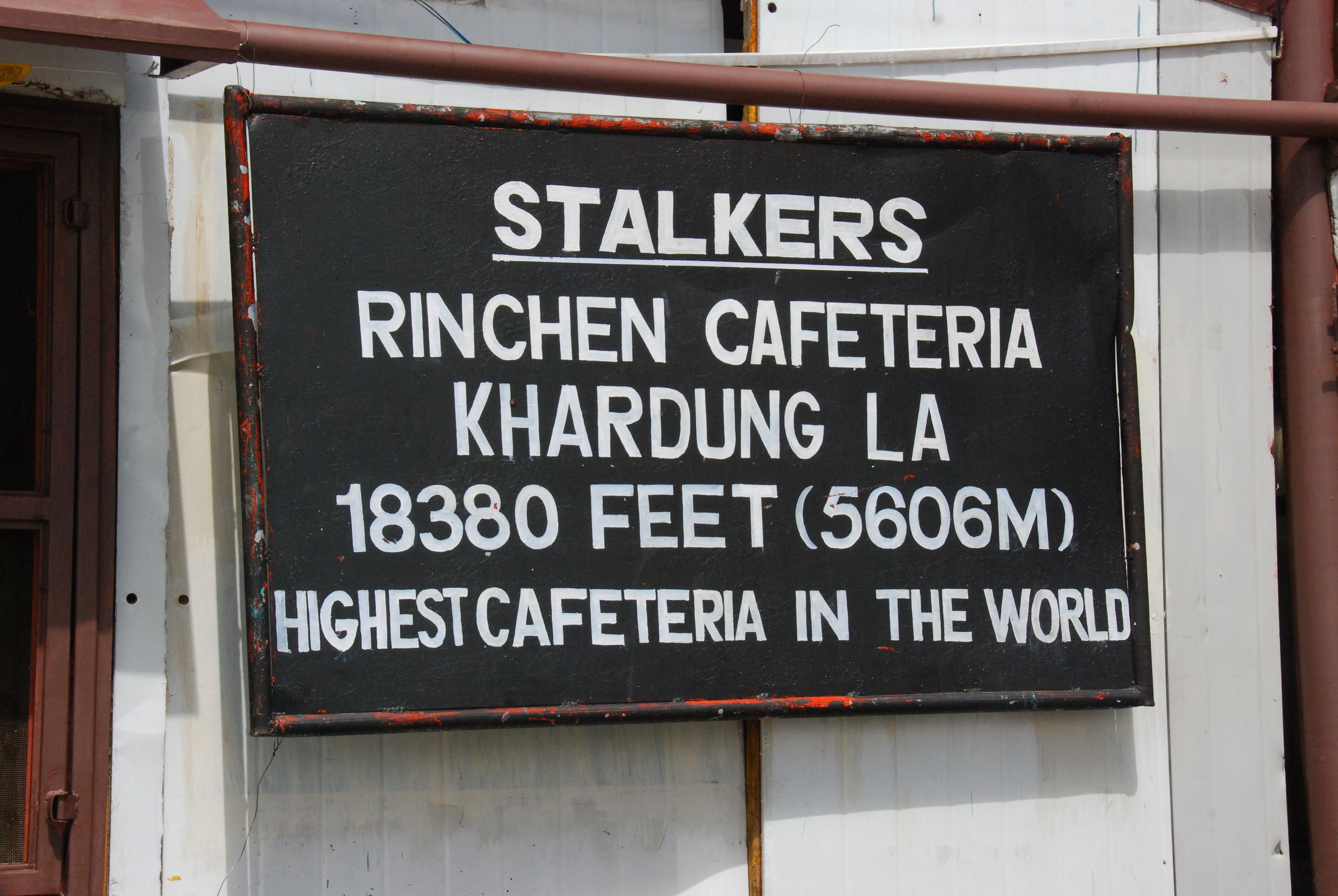Restaurant at the Top of the World
/We inched left, our tires somehow finding purchase on the loose scree that defined the soft shoulder of the road and the edge of the abyss. The oncoming, diesel-spewing Tata truck — adorned with polka dots and cafe curtains jiggling behind the windshield — was intent on squeezing by us at the muddy hairpin turn notched into the precipitous mountain slope. Our Indian driver rocked his head sideways, the corners of his mouth pulling downward, “Only sometimes do cars drop off the edge.”
We were heading to Khardung La in Ladakh, Northern India’s high mountain region of Jammu and Kashmir that’s often referred to as “Little Tibet.” At 5,460 metres (18,380 feet) Khardung La was until recently the highest spot on the highest motorable roadway on earth. It’s a spectacular, riveting drive and definitely the wrong place to discover one’s fear of heights. Twisting switchbacks wound forever upward on the stunning Ladakhi Range and at snowline the narrow road deteriorated to dirt and icy ruts. After thirty kilometers we reached the ceiling of the motor world — higher than Mt. Everest Base Camp – where the wind whipped over the summit from both directions, snapping the countless prayer flags crisply in the thin -5 degree air. Continuing over the summit would lead down to the Nubra and Shoyok valleys, with scattered isolated Ladakhi farmhouses and pristine 130 km Pangong Lake, so blue you’d swear it was artificial. But that was not our destination.
We were there for one thing: food at the highest restaurant on the planet. Stalkers Rinchen Cafeteria sits at the pinnacle of the roadway and is little more than a weather-beaten wood and corrugated steel shack with white panels, a blue roof and a painted sign. Inside are four plastic tables and chairs in an otherwise empty, featureless room complete with a stained drop ceiling and vinyl floor. Outside a few meters behind the side of the structure rest a few porta-potties in the dirt and snow, shaking vibrato with the wind.
We quickly realized that the term “cafeteria” was a bit of a stretch for this establishment, though they did have a single sheet of dusty paper with a half-dozen hand-written items on it. A pencil-thin Ladakhi man — apparently the only person working there — provided the menu and immediately asked us what we would like. I, naturally, wanted to try everything because it had been a long, treacherous drive to get there and, y’know, Foodwalkers….
“Let’s start with a samosa and panni puri,” I said.
“So sorry,” he replied quietly in fractured english. “No samosas. And no panni puri is here.”
“Okay, then we’ll have the vegetable curry,” I replied, unsurprised that the offerings may fall short at such a place as this.
“That curry is not available." He dipped his head slightly.
“Right,” I replied, looking at my traveling partner, Raj.
“Just bring us some dal with rice,” Raj said, handing the sheet of paper back.
“And some chapati,” I jumped in.
“Sorry to say but we have no dal. Or rice,” the waiter stared at his shoes. “And no chapati, too,” he glanced at me fleetingly.
I looked around at the few others in the room; none of them were eating. Smiling politely and thinking of the perilous drive we had just completed, I asked “So, what do you have today?”
“Chai we do have!” He replied energetically, as if to reveal the wonders of his dining destination. “But just that.”
It was the restaurant with no food. Seems the once-a-month delivery truck had never arrived, the reason for which — our host shrugged — he did not know. But he quickly delivered with a proud smile cups of masala chai steaming fiercely in the thin, frigid air. The black tea — boiled in rich yak’s milk and perfumed with cardamom, star anise and cloves — instantly warmed my insides and somehow slaked my pangs for solid food. I suddenly felt something oddly satisfying about that foodless meal. Maybe it was the flavor of the peppery brew, or the spartan ambiance of the place, or the pride of the waiter to serve such delicious tea from a menu of, well, nothing else. Probably it was a combination of all of that. But whatever the confluence of feelings and flavor, it was at that moment the finest and most memorable cup of tea I had ever had. And certainly the one with the highest view.
